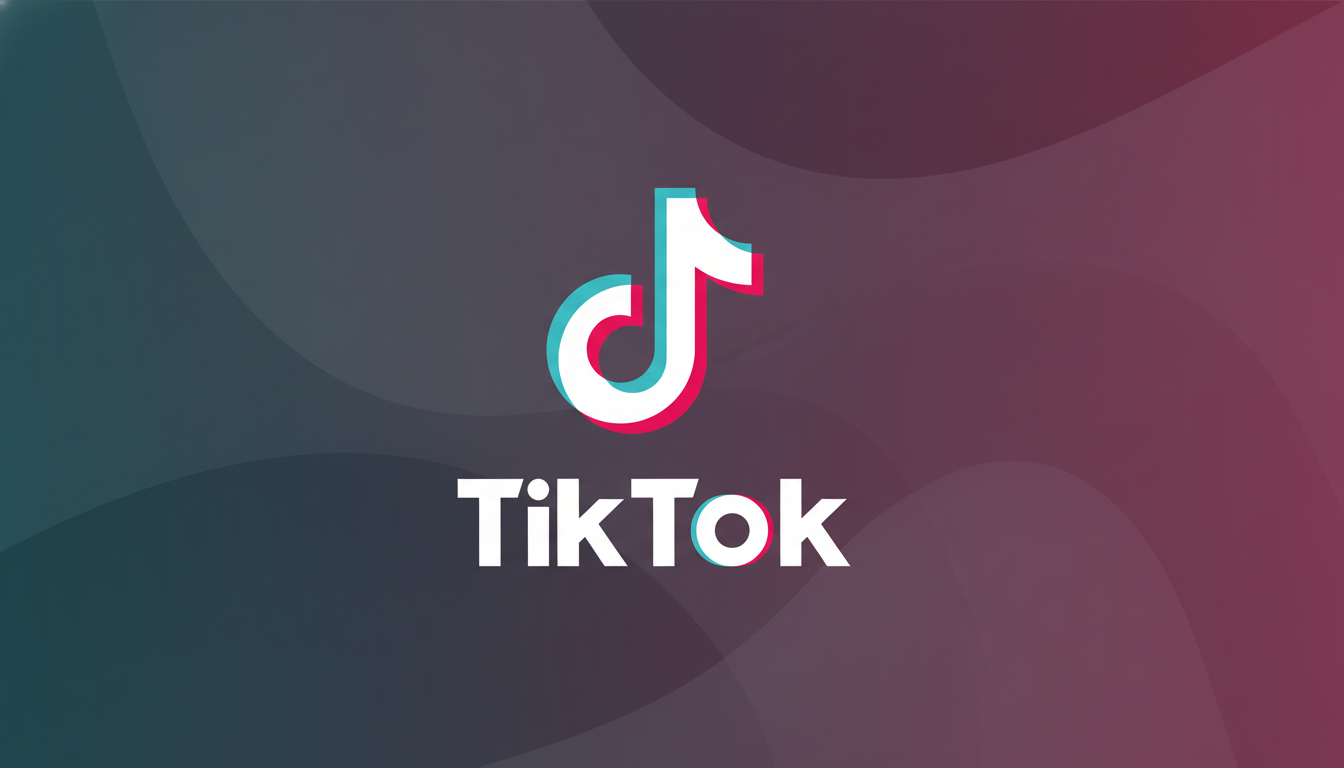Scott Bessent, U.S. Secretary of the Treasury, stated that the United States and China have come to a final close on TikTok, and U.S. President Donald Trump would complete the details at a future summit with Chinese leader Xi Jinping in Korea.
Bessent, who was speaking on CBS’ Face the Nation, referred to the agreement as final and said his directive had been to obtain approval from China for that deal. The leaders’ job was to “consummate” the deal, he said, explaining that there were certain provisions of the contract he should not reveal.

The announcement came after several delays under a U.S. law forcing TikTok’s parent, ByteDance, to divest the app’s American operations or be prohibited in the country altogether. A recent White House executive order offered a framework in which TikTok’s U.S. business — including its recommendation algorithm, source code, and content moderation — would be overseen by a new U.S.-based board with Oracle handling security operations.
What The TikTok Deal Is Likely To Entail
Officials haven’t put out the full term sheet, but the contours are coming into view. The structure suggests a separately managed U.S. entity with its own board vetted by the Committee on Foreign Investment in the United States (CFIUS), onshore data storage and processing, as well as code access controls meant to wall off U.S. user data from foreign influence, according to people familiar with earlier discussions. Oracle’s role comes on the heels of “Project Texas,” which involved storing TikTok’s U.S. data on Oracle infrastructure, along with third-party audits and access to a transparency center by inspectors and researchers.
The most vulnerable asset is the recommendation algorithm. U.S. national security goals could be met by a transfer, an exclusive license, or a controlled access model. Any strategy would need to guard against hidden code changes or remote access, a risk that CFIUS and independent monitors will oversee with ongoing audits and kill-switch enforcement rights.
TikTok’s scale raises the stakes. The company has said it reaches some 170 million users in the United States, and Insider Intelligence estimates that its U.S. ad revenue is in the multibillions of dollars a year. Data.ai and other analytics companies rank TikTok among the most-used apps, a reason control of its algorithm and data pipelines has drawn attention in the national security review.
Who Ends Up Holding What in the TikTok U.S. Deal
Investors who said they would be involved in the new joint venture are Oracle, Fox Corp., Andreessen Horowitz, and Silver Lake. Oracle, helmed by Larry Ellison, is equipped to manage security operations and could assume a big governance role. The exact cap table isn’t known, but any structure will need to sort out whether ByteDance still holds a minority stake, what happens with the algorithm being outright sold or licensed, and how voting works to avoid foreign control.
The deal sends regulatory signoffs down two separate tracks: CFIUS and the Chinese authorities, including the Cyberspace Administration of China for data permissions and export-related permits. The 2020 effort to pull off a deal connected to Oracle got hung up at least in part on IP and controls. This version seems to give more in terms of board authority, code custody, and ongoing audits, which is probably critical to get approved.
Trade Talks As A Backdrop To The TikTok Agreement
Bessent’s remarks came as the U.S. and Chinese negotiators were also signaling progress on a broader trade framework that touches tariffs and vital inputs. Rare earth minerals were part of the discussion, said Jamieson Greer, a U.S. trade negotiator, without offering details. China controls ~85% of processing capacity for rare earths, on which semiconductors, C/AV motors, and a variety of consumer electronics are dependent — according to the U.S. Geological Survey.

Officials have not explicitly linked the TikTok decision to trade concessions, but the parallel tracks underscore a familiar dynamic: technology governance, data sovereignty, and supply chain resilience are now inextricable from trade diplomacy.
Any slowdown in tensions on one front can open doors on the others.
What It Means For Users And Advertisers In The U.S.
Under the agreement, if struck, TikTok would continue to operate in America but under stricter corporate governance and oversight measures. The product experience for users and creators should stay the same, but content policies could be enforced more transparently now that an American board is in charge. And for advertisers, clarity on ownership and security lowers brand risk; agencies had already started drafting contingency plans to shift money into Shorts and Reels if a ban was imminent.
Look for a greater degree of transparency, involving third-party audits and perhaps even placing the code under source code escrow, and at least more straightforward incident reporting. Research and policy voices have sought structured data access for studying platform harms; a settlement framework could both formalize such access and ensure user privacy.
What To Watch Next As The TikTok Deal Advances
Key milestones would include sign-off by the two leaders, CFIUS clearance and Chinese approval on any algorithm transfer or license, as well as an appointment of an independent U.S.-based board with security clearances.
Look for specifics on code custody, remote access limitations, and audit rights; those provisions will dictate how well the arrangement stands up in real life.
The larger lesson is that Washington is developing a playbook for high-risk platforms: local control, verifiable safeguards, and ongoing monitoring. If the deal on TikTok sticks, it could be a model for future agreements at the crossroads of social media, national security, and global tech competition.

